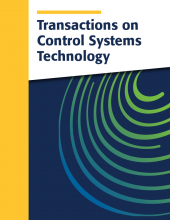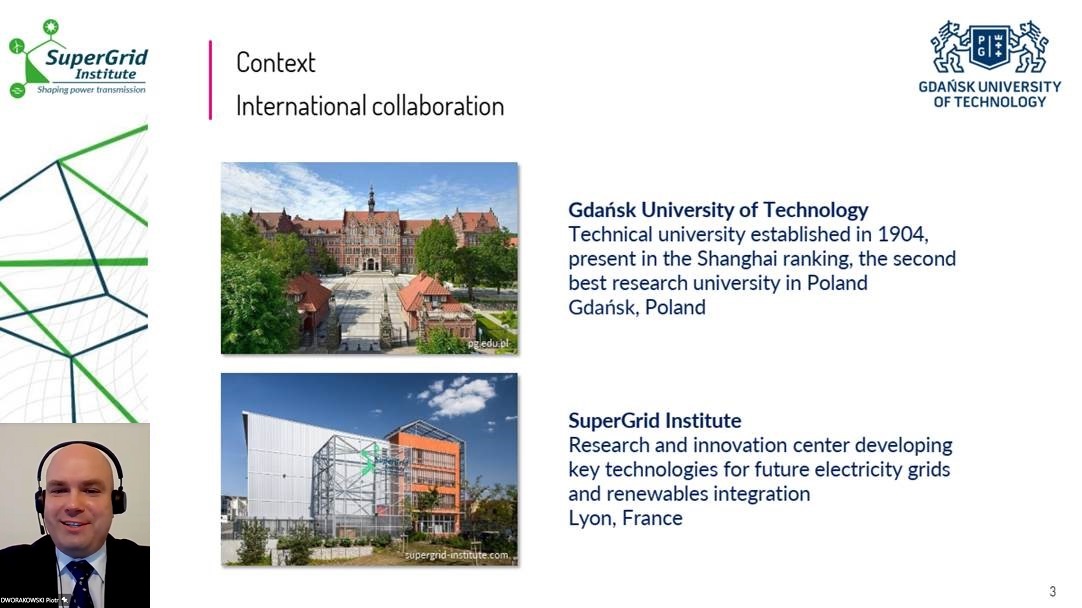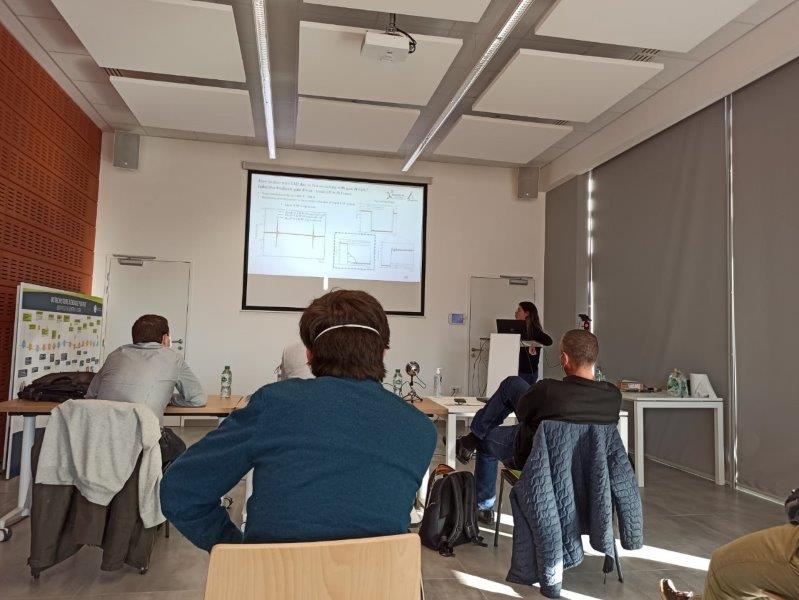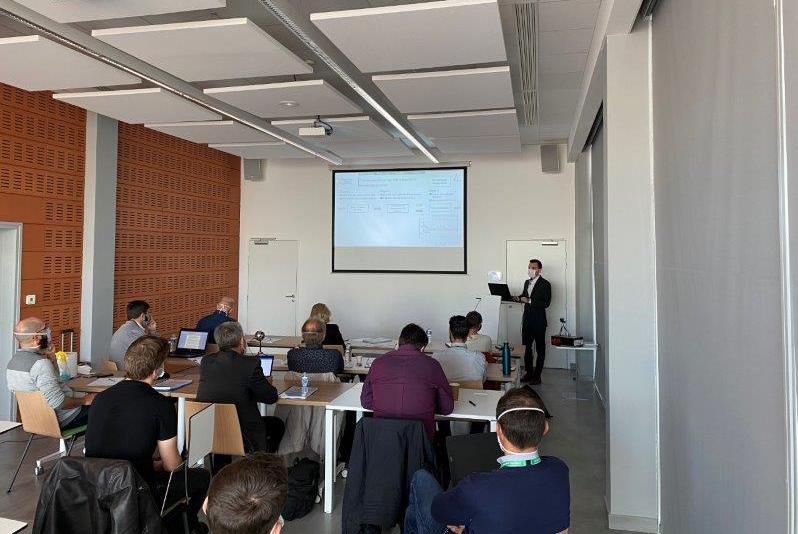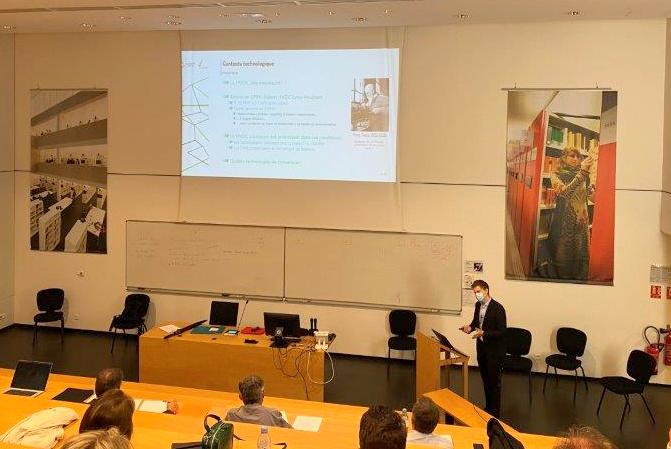Optimal Sizing on a Mission Profile of Isolated NPC DC-DC Converters using 3.3 kV SiC MOSFETs for Power Electronic Traction Transformers
A reduction of 13 % of the total energy loss on a typical journey can be obtained by optimising the design of the DC/DC converter on a mission profile rather than at nominal power.


